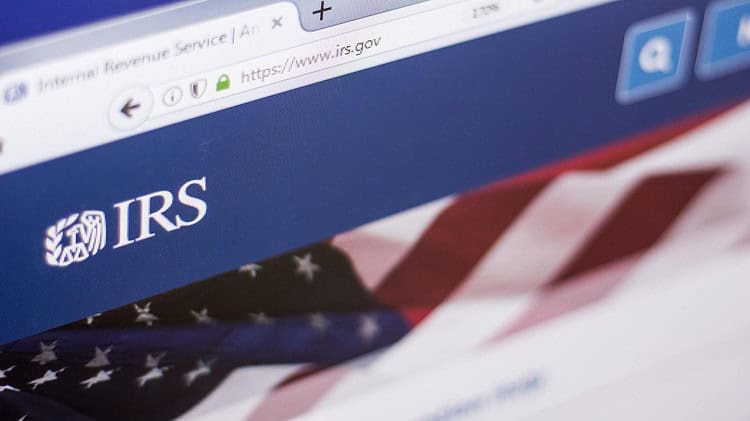Shocking News: These Bills Will Soon Be Banned in All U.S. Stores – Here’s What You Need to Know
Counterfeit bills are one of the most pernicious types of fraud, which is sadly widespread. For this reason, the Advanced Counterfeit Deterrence (ACD) Steering Committee, the Secret Service, and the Bureau of Engraving (BEP) have unveiled a new strategy that would strengthen the US dollar’s security and preserve its worth. Stores, businesses, banks, and ATMs are expected to refuse any bill that is deemed “mutilated” under the new policy, which went into force in October. Since they are used more often and are more likely to be damaged, lesser denomination notes are prioritized; however, most places will reject any bill that is not in acceptable shape.
Recognizing the new regulation
First and foremost, the seven banknotes that the Federal Reserve now issues are the ones that are regarded as legal money in the United States: These include denominations like $1, $2, $5, $10, $20, $50, and $100 as well as those that are no longer printed but are still in use until they are so worn out that they are removed and destroyed, as the $500, $1,000, and $10,000 notes in this instance. Although the Federal Reserve hasn’t issued the $10,000 bill since 1969, some still exist in private collections. Larger bills often stay in circulation for longer. An owner would receive a lot more money if they sold it to another collector, even if the bank would still accept it at face value.
They tend to be in a more recent state and are removed from circulation less frequently, even though the bank will still accept it for face value because an owner would make much more money if they sold it to another collector. The next thing to understand is what a “mutilated” bill actually means. “Mutilated currency is currency that has been damaged to the extent that: (1) half or less of the original note remains; or (2) its condition is such that its value is questionable,” according to the BEP. There are numerous methods for currency notes to get disfigured. The most frequent causes include destruction from animals, insects, or rodents; petrification or degradation through burial; and fire, water, chemicals, and explosives.
Not all damaged notes are regarded as mutilated; notes that are filthy, disfigured, limp, torn, or worn are not suitable for redemption and, in contrast to “mutilated” notes, can be traded at commercial financial institutions.
With your “mutilated” dollar bills, what are your options?
You must mail your “mutilated” bills to the BEP directly and submit a mutilated currency claim in order to redeem them because you are unable to exchange them at banks or stores. The note will be assessed by the BEP. They have specialized equipment to check the note’s validity and determine its entire worth. A Fed currency representative adds, “They can then issue a check back to the consumer.” The new, redesigned $5, $20, $50, and $100 bills, which will have additional security features that make them more difficult to counterfeit, are part of the measures to preserve the value of the US dollar.
The Federal Reserve has set the 2028 and 2030 release dates for the new $50 and $20 bills, respectively. The revised $100 bill is anticipated to be introduced between 2034 and 2038, while the $5 bill is anticipated to appear between 2032 and 2035. How can someone spot a fake bill till these new ones are in circulation? There are a few simple ways for the average person to determine whether a bill is authentic. It ought to have the following characteristics:
- Security thread that is resistant to light and has the words “USA”
- A 3D security strip that adjusts when the banknote is tilted
- Color-changing ink in the lower right corner
- When looking at the bill against the light, use the watermark.
- The bill’s surrounding microprints
- The bill’s embossed printing adds texture.



Comments are closed, but trackbacks and pingbacks are open.